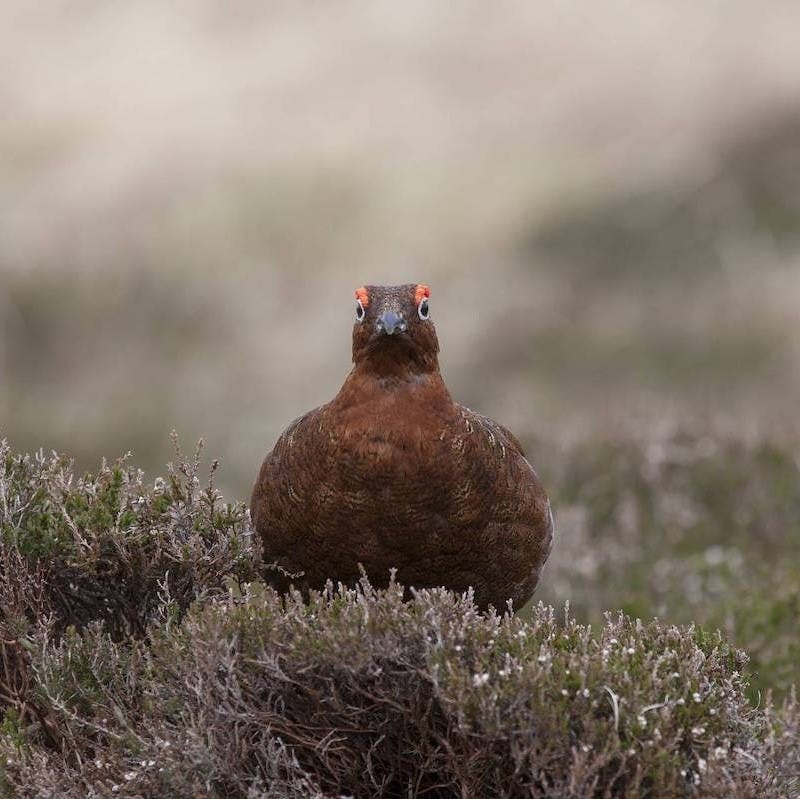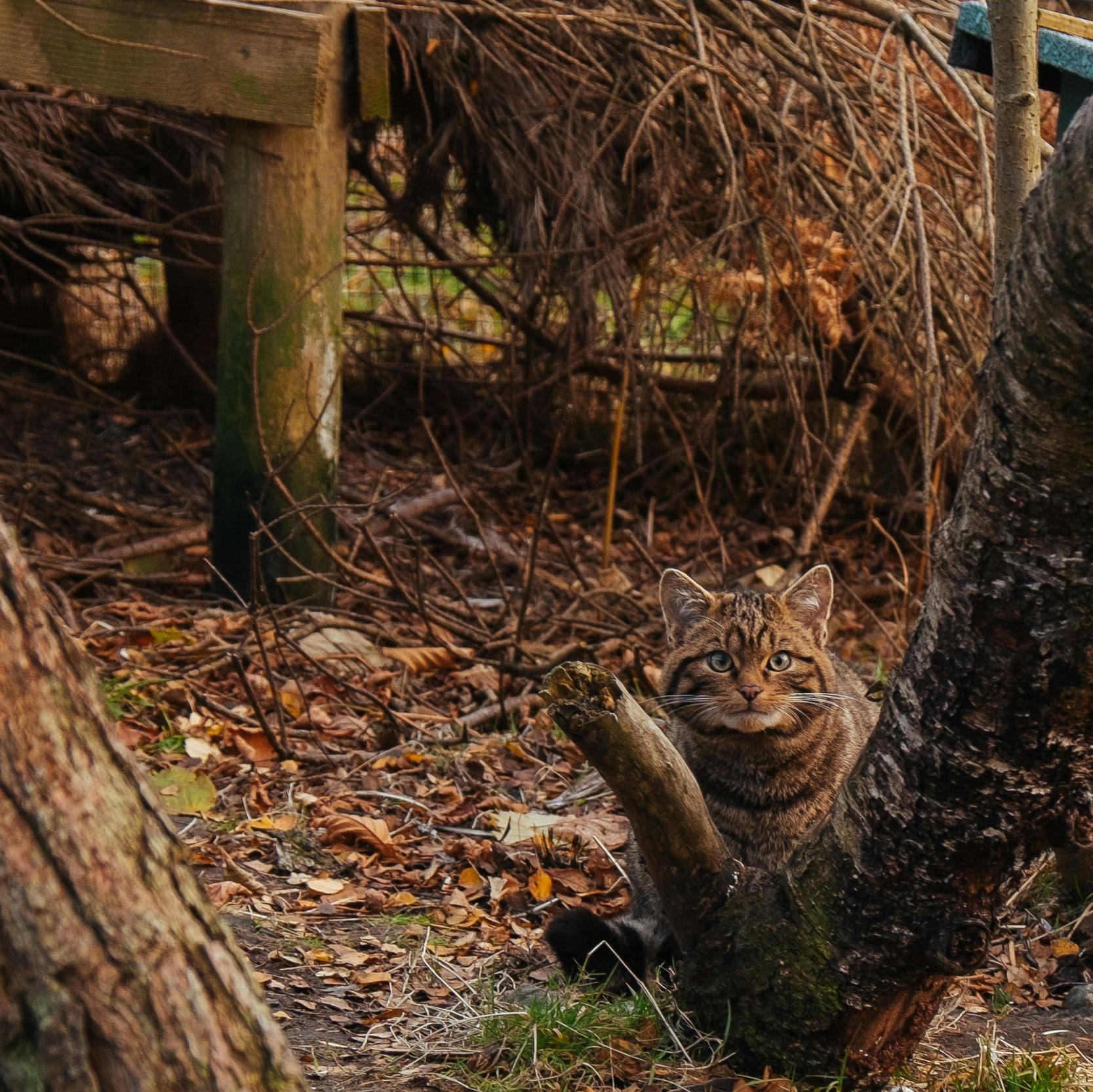Across Europe, large carnivores are making a comeback. These top predators are often at the forefront of rewilding because they play an important role in the ecosystem as a keystone species. But, there are smaller, less well known carnivores in Europe that are equally deserving of our attention. The Scottish wildcat (Felis sylvestris) is the UK's only wild cat species and roams the glens and hillsides of the Scottish Highlands. Sadly, it is on the brink of extinction.
The Scottish Wildcat
The Scottish wildcat is a subpopulation of the European wildcat. It may look similar to a large tabby cat, but it has some key differences, most notably its distinctive thick tail with black stripes and a black blunt tip. Scottish wildcats rely on habitat complexity and are often found in woodland edges, where they can take shelter in the woodland but maintain access to open hunting grounds, perfect for hunting rabbits, voles and mice.

A History of Persecution
Once upon a time, wildcats were widespread across the British mainland. However, the wildcat has suffered centuries of persecution. Since medieval times, the wildcat was been hunted for sport and persecuted as “vermin”. From the mid-19th century, when many sport hunting estates across Scotland were established, the wildcat was persecuted as part of a management strategy to increase numbers of trophy species, such as grouse and pheasant. The latest research suggests that, today, there are only 100-300 Scottish wildcats left, existing in small, isolated populations in northern Scotland.


Take action now
Do you want to have a direct impact on climate change? Sir David Attenborough said the best thing we can do is to rewild the planet. So we run reforestation and rewilding programs across the globe to restore wild ecosystems and capture carbon.
Get involvedCurrent Threats
Today, the Scottish wildcat is at risk of extinction. It faces a myriad of threats, from hybridisation with domestic and feral cats, to habitat fragmentation and disturbance. Wildcats and domestic cats can produce viable offspring and this threatens Scottish wildcats with a process known as genetic introgression, whereby the gene pool of the wildcat is gradually replaced by that of the domestic cat. It also faces the threat of disease from and competition with the domestic cat, accidental killing through predator control intended for other species and from dogs, fluctuations in prey densities and road accidents.

Scottish Wildcat Kittens
Our partner, Alladale Wilderness Reserve, is one many organisations breeding Scottish wildcat kittens, and in the last three years (2018 - 2020) they’ve welcomed eight new wildcat kittens. The captive breeding programme involves keeping track of the captive population (what's known as a studbook) and carefully pairing cats of the highest genetic purity to ensure that genetic diversity and integrity is maintained. When they're old enough, these Scottish wildcat kittens are paired with suitable mates and contribute to the breeding programme themselves. The ultimate goal of this programme is to finally release wildcats back into the wild in Scotland over the coming years.

Scottish Wildcat Conservation
Though the future of the Scottish wildcat looks bleak, there are many scientists and conservationists working hard to protect the species. Extensive camera trapping surveys, control of feral cats and education and community outreach are underway to safeguard the future of the wildcat in Scotland. Though genetic rescue using wildcats from continental Europe is likely necessary, extensive captive breeding programmes are underway to save the gene pool of the Scottish wildcat. Though there is still a long way to go, it’s not too late to save Scotland’s most threatened mammal.


Glossary of terms
Gene Pool: The gene pool is the diverse combination of a species genetics. It is important to retain genetic diversity. The more members of a species there are, the more diverse the gene pool is and the more adept they are in dealing with environmental stresses. Low genetic diversity, caused by inbreeding, can result in serious health effects on the populations.
Habitat Fragmentation: When large patchy areas of forest are created due to deforestation and are made separate from one another. This can create serious issues for the wildlife that exists within them as the area of their habitat is greatly reduced and now isolated.
Hybridisation: A hybridization comes from the mating of two different species that are similar enough genetically. This may produce a new species, many examples exist such as dolphins and false killer whales, polar bears and grizzly bears, or in our case here, domestic cats, and Scottish wildcats.
Prey Densities: This is the abundance of an animal’s prey that is found in an area. The over/under abundance of prey can be linked to the predators or, environmental changes i.e. habitat loss, human impact.
Sources & further reading

- “Conservation of the wildcat (Felis silvestris) in Scotland: Review of the conservation status and assessment of conservation activities” - Wildcat Specialist Group
- “Wildcat occurrence in Scotland: food really matters” - Wiley Online Library
